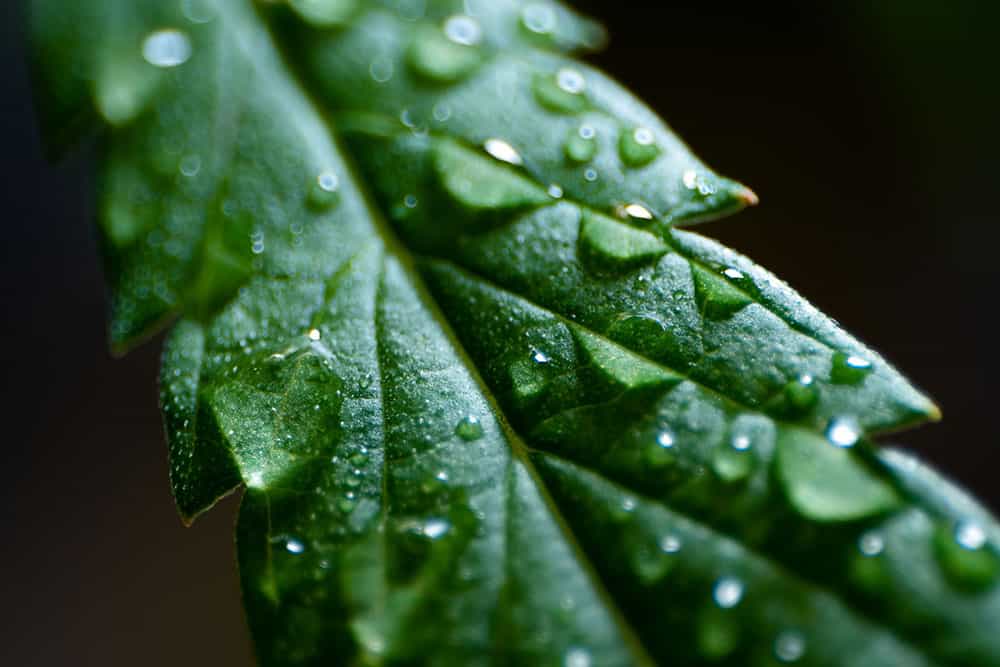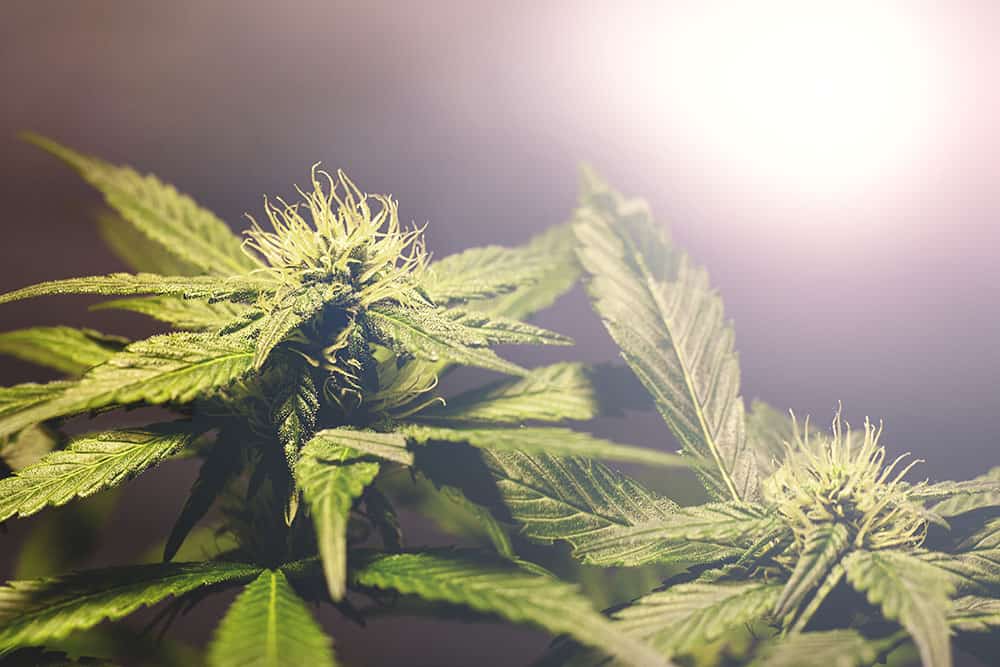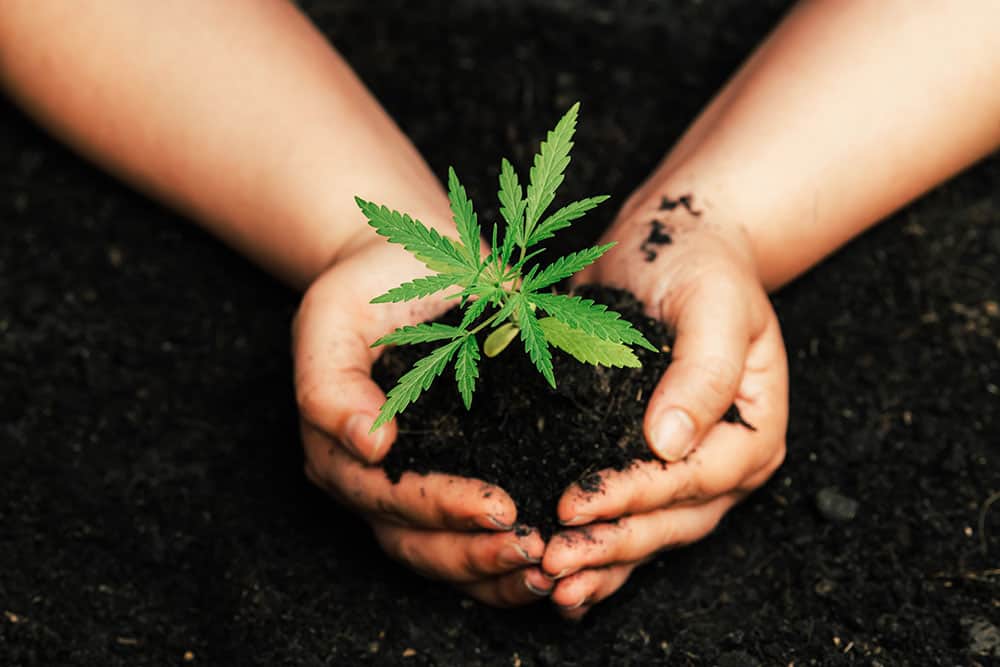Hey There Future Grower!
It’s an exciting time for growers, and every new grow comes with its own unique set of obstacles to navigate and lessons to learn!
Whether this is your first time growing cannabis, or you’d consider yourself a master of the art, it’s always good to have a refresher on the basics.
Here’s a few tips from our Sespe team to maximize your yields and create the best environment to start your growing season!
How Much “Pot” Is Too Much?
A common mistake with new growers is placing their clones, seedlings, or seeds into a pot that is much too large for the plant itself. Although sometimes done with the best intentions, we’re spoiling our plants when we give them a “big enclosure.” We could potentially be stunting their growth an awful lot with those good intentions.
When we place a small root system in a big pot, the water in the surrounding pot doesn’t get absorbed. Stagnant water is never good because it becomes a host to pests, disease, and root issues. Keep your plants in a pot that is proportionate to the plant’s size.
Everyone has their own preference, but it is common to start your plant in a pod or cup and graduate to larger pots, increasing your pot size by 2-3 gallons each time you re-pot. It is commonly recommended to wait until the plant is about twice as large as the pot it is in before changing to a larger pot.
How Often Should I Be Watering My Plants?

If you’ve grown cannabis before or ever searched for advice on how to successfully grow weed, chances are, you’ve had someone share the dangers of overwatering your plants. This is one tried and true way to distinguish a patient and seasoned grower from an impulsive helicopter parent.
Let them breathe!
Like a teenager who needs to go to the movies without a chaperone, give them what they need to succeed and then lay off a bit. Let them receive some of the oxygen that’s stolen by the water, allow those roots to go searching deeper into the soil for moisture to create a sturdier, healthier plant that can uptake more nutrients, and don’t have those roots get lazy and complacent surrounded by the constant presence of water. This also helps avoid a plethora of issues like root rot and pests, among others.
There isn’t really a set number of days to wait to water since each plant drinks at a different rate as it grows, but a good rule of thumb is to keep it under a week in between waterings.
The point? Let the pot get completely dried out for about a day, maybe two, in between watering. By completely dry, I mean completely dry up to an inch below the surface. Sometimes it’s even good to let your plants show signs that they need to be watered — like leaves drooping on your previously strong, perky plant — before you give them water. Keeping a solid PH balance is also crucial. So, keep the water and runoff between 5.8-6.2 PH for optimum growth.
Let’s Talk Light

If you’re growing indoors this season, it’s important to make sure you have plants that are similar in height. Having similar height is not as much of an issue with growing outdoors, since the height of the sun can’t be adjusted, and the plants receive ample light anyways. But in an indoor situation, the height of the light you’re using determines the amount of energy that is distributed among the canopy below.
If your light source is too far away from the plants, it’ll leave your plants wanting more. And if your light source is too close, it’ll fry your plants, leading to a condition known as “light burn.”
In between too far away and “light burn” is the sweet spot, where the optimal amount of energy is distributed to the canopy. The further away from the sweet spot your light is, the less light energy your plants can capture through photosynthesis, and thus the less energy it can place into producing its highest potential yield and most potent flower. If you buy plants of varying height potential, some of your plants run a much larger risk of growing under or above the sweet spot while you favor a plant with a different height. The best way to combat this issue if it does arise is by installing a SCROG net to even out your canopy or applying LST or HST techniques prior to switching to flower.
What About Wind?
If you’re growing indoors, you’ll also need some kind of system for proper air circulation to avoid moldy plants and other issues that can arise. There are a hundred techniques to improve air circulation. But from my experience, it comes down to one thing:
Oscillating fans > non-oscillating fans. That’s all I have to say about that.
The number one rule to growing cannabis, though it may sound corny, is to enjoy it. Relax, sing to your cannabis, spend time with it, pluck the thing that’s bugging you, be patient about the thing your intuition is telling you to leave alone, and realize there’s a lot of messing up you can do and still recover stronger than ever! Realize you’re growing a weed that has survived thousands and thousands of years outside without your tender loving care to keep it alive. Follow the basics and your intuition all the way to being a seasoned grower, and have some fun!


A discussion on topping and pruning would be an interesting topic perhaps.
As it turned out, I made a lot of mistakes in growing marijuana. After reading your article, I finally understood why it did not grow well for me. I used to take too large pots and too much soil all the time, which I shouldn’t have done. Also, as I already understood, I watered marijuana too often. Now I will do everything according to your instructions! thank you very much for the useful article!
Last year, I had big problems with falling asleep and also anxiety. I heard something about CBD health benefits. It is important to note the considerable benefits of CBD with Depression, Anxiety and Pain Relief is unparalleled.